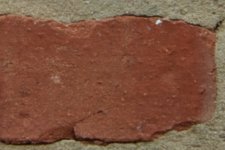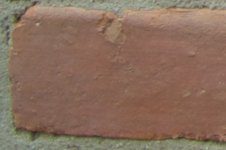Joseph Bautsch
New member
I recently purchased the Tokina 11-16mm, f/2.8 DX lens. I've been asked about the distortion I've experienced shooting at 11mm. To demonstrate the distortion you can expect with this lens I found a brick wall and got six shots, one each, over the zoom range. This is not a scientific test but does demonstrate the distortion you can expect using this lens. At 11mm you can visibly see the distortion bow in the line of bricks at both the top and bottom. (The distortion would be the same on left and right side. But it is not as readily visible shooting a brick wall.) At 12mm it's still visible but to a lesser degree. At 13mm it's even less visible. At 14mm it's just about gone. At 15mm it's almost undetectable. And at 16mm it's not really visible at all. The degree of distortion is relatively small even at 11mm and is easily eliminated in post processing.
11mm
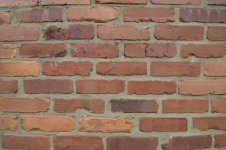
12mm
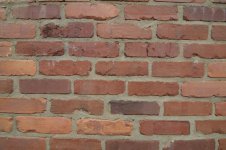
13mm

14mm
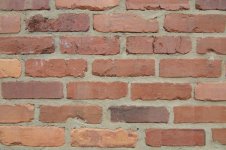
15mm

16mm
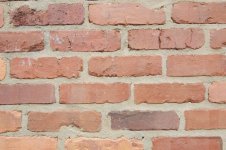
11mm

12mm

13mm

14mm

15mm

16mm


